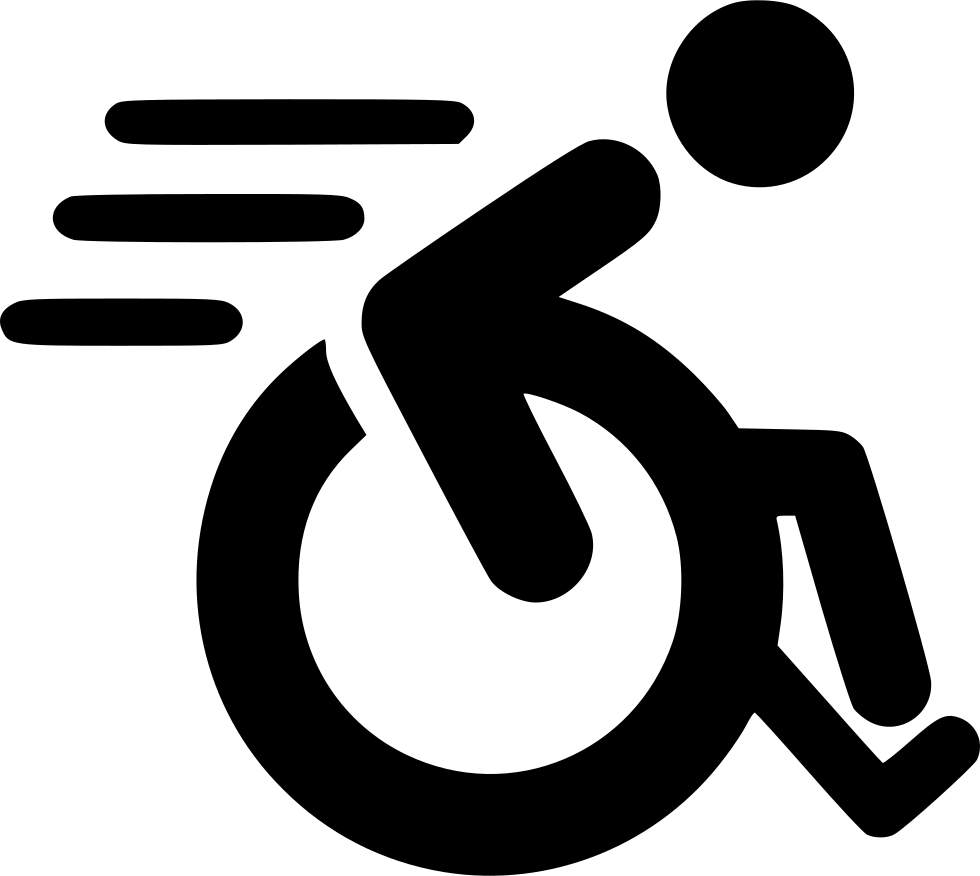Dog - Lameness
What is lameness?
 Your dog is lame if he has a limp or does not move normally.
Your dog is lame if he has a limp or does not move normally.
The commonest causes are pain or instability of the joint. Lameness can affect dogs of any age from growing puppies to the elderly.
What are the usual causes?
Trauma, e.g. injuries, road traffic accidents, etc. and also deformities involving the bones.
Common causes can be age related:-
- Puppies - growth defects or injury
- Adult dogs – limb injuries sometimes without any history of accident
- Old dogs – degenerative joint disease (DJD) which is a type of arthritis
Does lameness without obvious cause occur?
Lameness of unknown origin is very common in dogs of all types and sizes. It can be intermittent or persistent.
Is there any treatment?
Very effective pain killing (analgesic) drugs are available and usually used if a specific cause cannot be diagnosed initially. Just as with us, some drugs suit some dogs better than others so treatment may involve several changes in medication to arrive at suitable pain control. It is important when any analgesic is given that you report any side effects or lack of improvement as instructed.
Does this imply that he will be on medication indefinitely?
Not necessarily. With non specific lameness, controlled (limited) exercise is just as important as the use of analgesics. We will advise according to the type of lameness. Once improvement occurs with treatment, medication will gradually be reduced and either finally terminated or kept to the minimum consistent with a good quality of life.
It is important in the case of energetic dogs that you do not let them over exercise if at all possible.
Please do not hesitate to discuss any concerns with us.
Used and/or modified with permission under license. ©Lifelearn, The Penguin House, Castle Riggs, Dunfermline FY11 8SG

